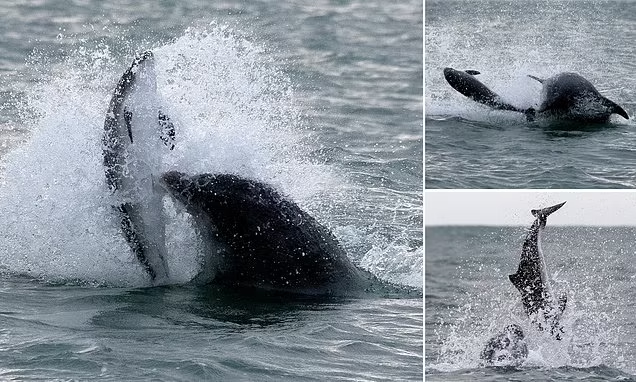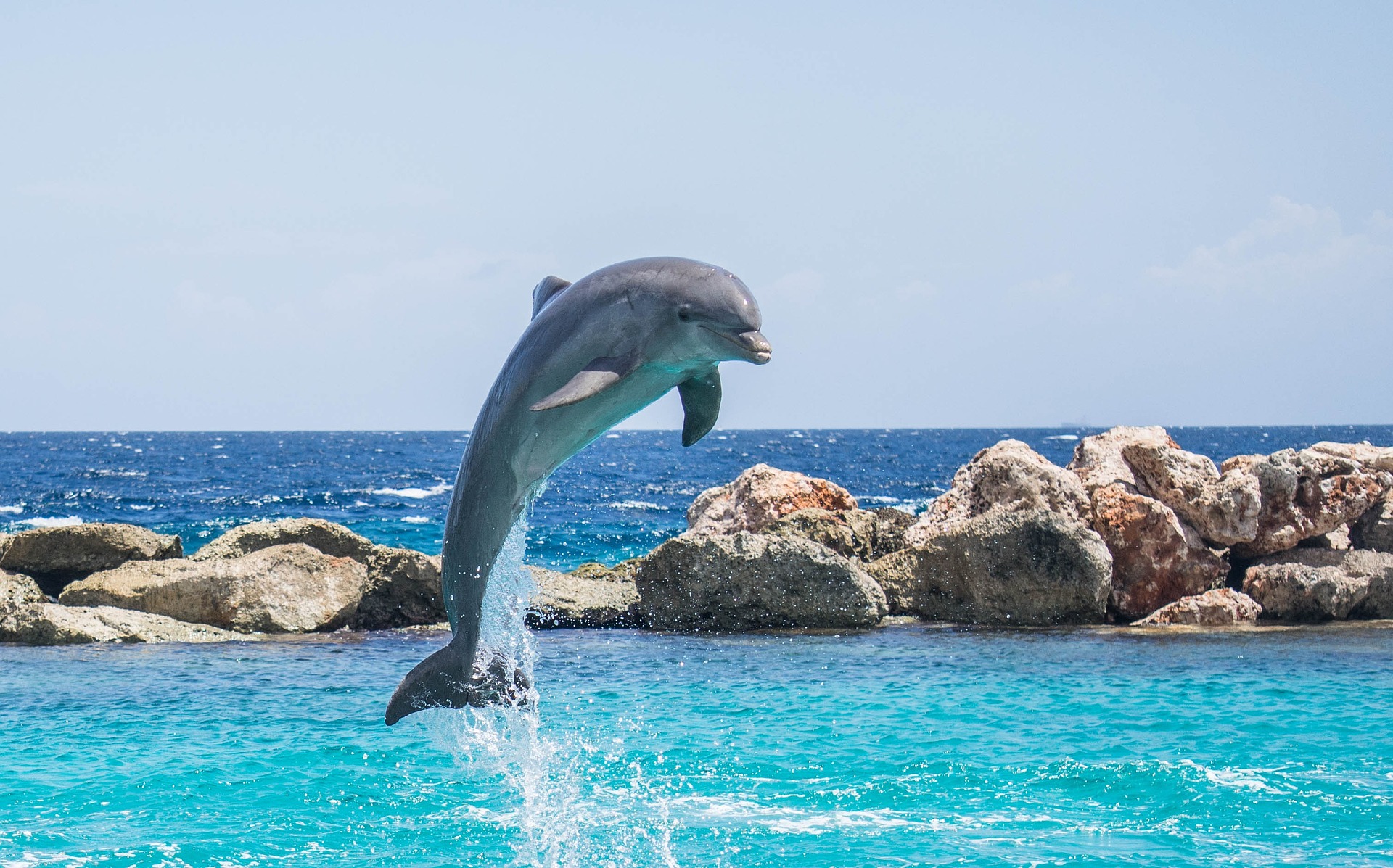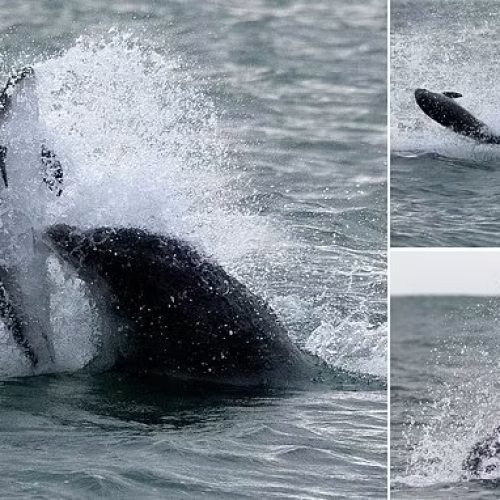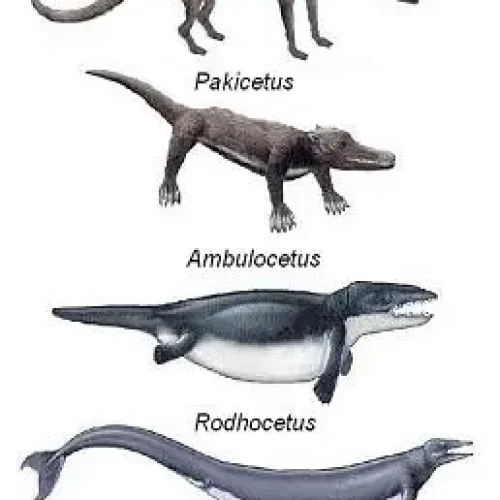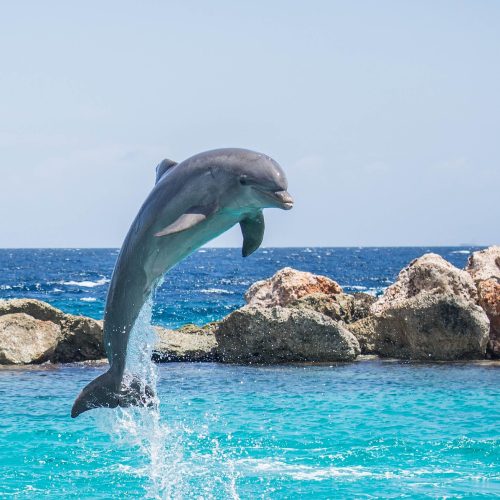Have you ever wondered what lies beneath the surface of the ocean, where dolphins swim and play?
These intelligent and charismatic creatures lead complex social lives that have captivated the hearts and minds of people around the world.
In this article, we’ll dive deep into the fascinating world of dolphin societies, uncovering 10 secrets that will forever change the way you think about these remarkable marine mammals.
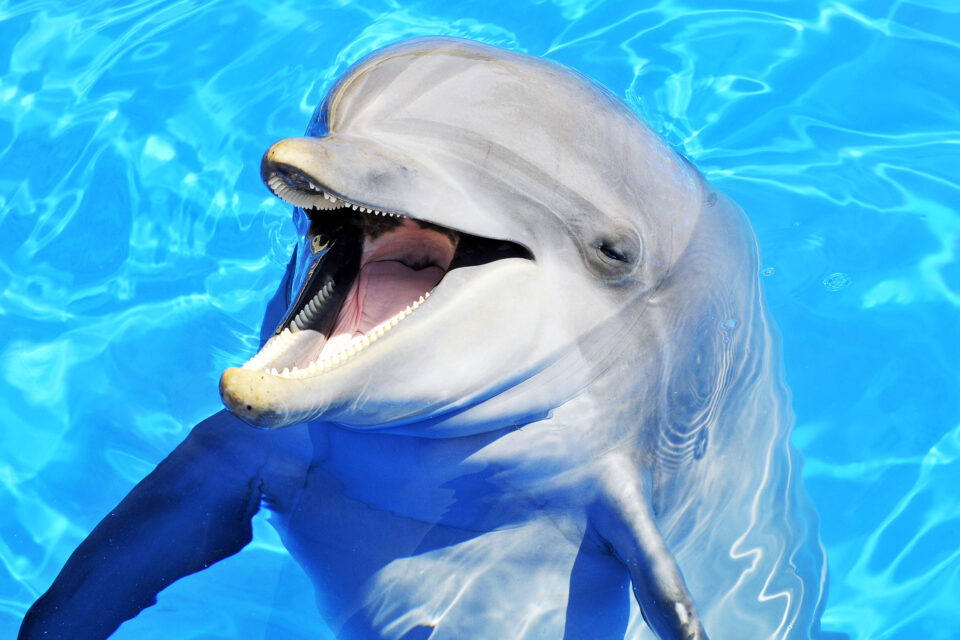
In this article
DOLPHIN SOCIAL STRUCTURE: A COMPLEX NETWORK
Dolphins are highly social creatures that form intricate and fascinating societies beneath the waves. Social bonds play a crucial role in the lives of these intelligent marine mammals.
Dolphins typically live in fluid groups called pods, which can vary in size from just a few individuals to over a hundred members.
The composition of these groups is dynamic, with dolphins joining and leaving depending on factors such as age, sex, reproductive status, and familial ties.
Within dolphin societies, there are often hierarchies and dominance relationships at play. Males may form alliances to compete for access to females, while mothers and calves share an incredibly strong bond.
Some dolphin species, like the bottlenose dolphin, have been observed forming long-term associations that can last for years or even decades.
These complex social structures are essential for the survival and well-being of dolphins in their aquatic environment.
COMMUNICATION: THE LANGUAGE OF DOLPHINS
Dolphins are master communicators, employing a diverse array of vocalizations and non-vocal signals to navigate their social world. The three main types of dolphin vocalizations are clicks, whistles, and burst-pulse sounds.
Clicks are used primarily for echolocation, allowing dolphins to locate prey and navigate their surroundings. Whistles, on the other hand, are often used for social communication, with each dolphin having its own unique “signature whistle” that functions like a name.
In addition to acoustic communication, dolphins also rely heavily on body language and tactile interactions. They may use postures, gestures, and gentle touching with their fins to convey messages and reinforce social bonds.
Researchers have found that communication plays a vital role in maintaining the complex social relationships within dolphin groups, allowing them to coordinate activities, resolve conflicts, and express emotions.
COOPERATIVE BEHAVIORS: DOLPHINS WORKING TOGETHER
One of the most remarkable aspects of dolphin social life is their propensity for cooperation. Dolphins have been observed engaging in a variety of cooperative behaviors that benefit both individuals and the group as a whole.
For example, some dolphin populations employ sophisticated cooperative hunting strategies, working together to corral schools of fish or even herd them onto mudflats for easier access.
Dolphins also display a strong sense of empathy and care for their fellow pod members. Mothers and other adults in the group will often take turns “babysitting” calves, allowing the mother to forage or rest. This alloparental care ensures the safety and well-being of the younger generation.
Additionally, dolphins have been known to come to the aid of injured or ill individuals, supporting them at the surface to breathe and protecting them from potential threats.
Cooperative behaviors extend to defense against predators as well. When faced with a threat like a shark, dolphins may band together, using their speed and agility to drive off the attacker.
These collaborative efforts highlight the importance of social bonds and cooperation in dolphin societies, as they work together to ensure the survival and success of the group.
PLAYFUL INTERACTIONS: THE LIGHTER SIDE OF DOLPHIN LIFE
Dolphins are renowned for their playful nature, engaging in various forms of object, social, and interspecific play. These lighthearted interactions serve important roles in their cognitive development, social bonding, and overall well-being.
Object play is a common sight in dolphin pods, with individuals manipulating seaweed, shells, and other items found in their environment.
A study published in the journal Animal Cognition revealed that bottlenose dolphins in the Red Sea frequently play with sponges, tossing them around and even wearing them on their rostrums like masks. This behavior is thought to help young dolphins develop motor skills and explore their surroundings.
Social play is another integral aspect of dolphin life, characterized by chasing, leaping, and play-fighting. These mock battles allow dolphins to hone their physical abilities and establish dominance hierarchies within their social groups.
Research conducted by the University of Southampton found that play-fighting among juvenile bottlenose dolphins helps them develop social competence and form long-lasting bonds with their peers.
Interestingly, dolphins also engage in play with other species, such as humans and even dogs.
In Ireland, a wild bottlenose dolphin named Fungie became a local celebrity for his friendly interactions with swimmers and boaters over several decades until his disappearance in 2020. Such interspecific play highlights the curious and social nature of these marine mammals.
Play serves a vital role in the cognitive and social development of dolphins. By engaging in these activities, they learn valuable life skills, strengthen social ties, and maintain their mental well-being.
As highly intelligent creatures, dolphins rely on play to stimulate their minds and foster a sense of community within their pods.
MATING AND REPRODUCTIVE BEHAVIOR
Dolphin mating and reproductive behavior is characterized by complex courtship rituals, promiscuity, and strong maternal bonds. These fascinating aspects of their social lives ensure the survival and genetic diversity of their species.
Courtship displays among dolphins can be elaborate and varied, involving synchronized swimming, leaping, and even the exchange of gifts such as seaweed or small fish. Males often compete for the attention of females through these displays, demonstrating their fitness and desirability as mates.
A study published in the journal Marine Mammal Science documented male Australian humpback dolphins presenting large marine sponges to females as part of their courtship behavior.
Dolphins are known for their promiscuous mating habits, with both males and females having multiple partners throughout their lives. This strategy helps maintain genetic diversity within populations and reduces the risk of inbreeding.
In some species, such as the bottlenose dolphin, males form alliances to cooperatively court and mate with females, increasing their chances of reproductive success.
Maternal care is a crucial aspect of dolphin reproduction, with mothers investing heavily in their calves.
Dolphin calves nurse for an extended period, sometimes up to several years, and rely on their mothers for protection and guidance as they learn to navigate their environment. Research has shown that the strong bond between mother and calf is essential for the social and behavioral development of young dolphins.
CULTURAL TRANSMISSION: LEARNING FROM EACH OTHER
Dolphins exhibit a remarkable capacity for social learning, allowing them to acquire new behaviors and skills from their peers. This cultural transmission plays a significant role in the development of regional variations in foraging techniques, vocalizations, and social customs.
One striking example of cultural transmission among dolphins is the spread of “sponging” behavior among bottlenose dolphins in Shark Bay, Australia. Sponging involves using a marine sponge as a tool to protect the dolphin’s rostrum while foraging for fish in sandy seabeds.
This innovative technique is passed down from mothers to their calves, primarily through social learning. A long-term study published in the journal Biology Letters revealed that sponging has been a cultural tradition among Shark Bay dolphins for at least 180 years.
Regional variations in dolphin vocalizations, or “dialects,” have also been documented, suggesting the importance of cultural transmission in shaping communication within dolphin communities.
Research conducted by the University of Zurich found that bottlenose dolphins in the Mediterranean Sea exhibit distinct dialects, which are thought to be learned through social interactions and passed down across generations.
The existence of cultural traditions in dolphin societies highlights their cognitive complexity and capacity for social learning.
By transmitting knowledge and skills across generations, dolphins are able to adapt to their environments, innovate new behaviors, and maintain rich social lives. Understanding the role of cultural transmission in dolphin societies provides valuable insights into their intelligence and adaptability.
INTERSPECIFIC INTERACTIONS: DOLPHINS AND OTHER SPECIES
Dolphins are known for their fascinating social lives, but their interactions extend beyond their own species. They often associate with other cetaceans, such as whales and porpoises, forming mixed-species pods.
These associations can provide benefits like increased protection from predators and more efficient foraging.
Dolphins also interact with a variety of other marine life:
• Sharks: While sharks can pose a threat, some dolphin species have been observed chasing away or even attacking sharks to protect their pod.
• Turtles and Seabirds: Dolphins may play with turtles or chase seabirds, but these interactions are typically brief and not well understood.
• Cleaning Stations: Some dolphins visit “cleaning stations” where smaller fish remove parasites and dead skin. This symbiotic relationship keeps the dolphins healthy.
The relationship between dolphins and humans is complex. While humans have long been fascinated by dolphins, our interactions have not always been positive. Dolphin hunting, entanglement in fishing gear, and habitat destruction pose serious threats.
However, dolphins are also known to approach boats and interact with swimmers, and some have even cooperated with humans for fishing.
ADAPTABILITY AND PROBLEM-SOLVING
Dolphin societies showcase remarkable adaptability and problem-solving abilities. As highly intelligent animals, dolphins can adjust their behaviors to suit changing environments.
They have been observed using innovative foraging techniques, such as stirring up mud to catch hidden fish or coordinating to herd schools of fish.
Dolphins are also one of the few animal species known to use tools. In Shark Bay, Australia, some bottlenose dolphins fit marine sponges over their rostrums, likely to protect them while foraging on the seafloor.
This learned behavior is passed down through generations in a fascinating display of animal culture.
Problem-solving and adaptability are crucial for dolphin social life.
Living in complex social groups requires the ability to navigate social challenges, form strategic alliances, and communicate effectively. Dolphin cognitive abilities, including their capacity for innovation, play a key role in their social success.
SOCIAL COMPLEXITY AND INTELLIGENCE
Dolphin societies are incredibly complex, with evidence suggesting high levels of social and emotional intelligence. Studies have shown that dolphins possess self-awareness, being able to recognize themselves in mirrors.
They also display signs of empathy, with reports of dolphins helping injured pod mates or even other species.
Dolphin social networks are intricate, involving dynamic hierarchies and strategic alliances. In Shark Bay, male bottlenose dolphins form multi-level alliances to compete for females. These alliances can last for decades and are critical for mating success.
The cognitive abilities required to navigate such complex social structures have led many researchers to consider dolphins as one of the most intelligent animals on Earth.
While measuring animal intelligence is challenging, dolphins have demonstrated advanced problem-solving skills, communication abilities, and emotional depth that suggest a high level of cognitive sophistication.
CONSERVATION AND THE FUTURE OF DOLPHIN SOCIETIES
Despite their remarkable abilities, many dolphin populations face significant threats. Habitat loss, pollution, entanglement in fishing gear, and hunting have caused declines in numerous dolphin species. These threats not only impact individual dolphins but can disrupt the social fabric of entire populations.
Understanding dolphin social structures is crucial for effective conservation efforts. By protecting key habitats and reducing human impacts, we can help preserve the complex social lives of these incredible animals.
Research into dolphin societies also provides valuable insights into animal intelligence and the evolution of social behavior.

